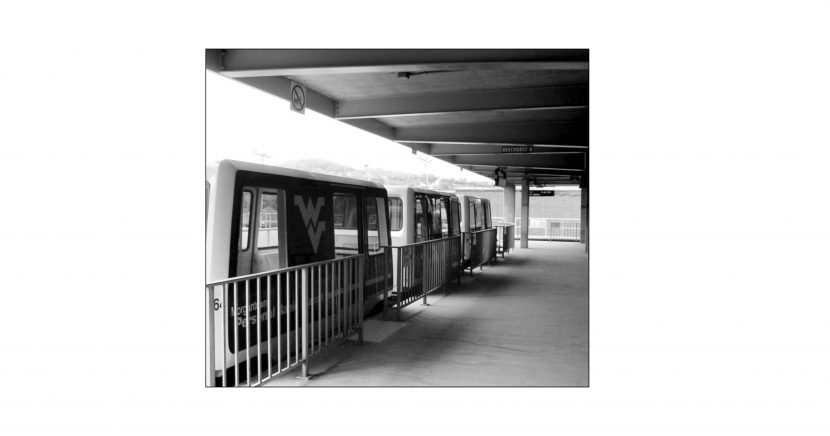With a lot of talk about hyper loops and self-driving cars — which are great ideas, just not an immediate reality — sometimes it does more harm than good to having more of a more real conversation of ideas about public transportation.
Something that yes, may require a public subsidy, but is at least one that is manageable and runs well enough to not go bankrupt in under a decade. Through much research, reading through repetitive transit studies, and taking a look at transportation project all across the nation and the world; we believe the answer was right under western PA’s nose all along, the PRT system built in Morgantown, West Virginia for West Virginia University (WVU) in 1975.
To give a little context on what exactly PRT is, first of all it stands for Personal Rapid Transit. The ‘personal’ part comes from the passenger being put in a smaller type of vehicle, something akin to the modern sedan or SUV. The Morgantown system vehicles are admittedly more like small buses designed for about 20 people.
The cars are powered by electricity through guide-ways on either side of the vehicle which also steer the unmanned vehicles and direct them to different stations with a top speed of a whopping 30 mph. This is where the ‘rapid’ aspect comes into play as vehicles don’t stop at every station along the way. There are offline stations coming off the mainline (much like an exit on a limited access freeway) which means less stopping for a vehicle. If someone is going from station A to D, they don’t need to stop to pick up or drop off passengers at stations B and C along the way.
This cuts down overall travel time for the vehicle while also allowing more places to access the system. The Morgantown station only has five stations over a roughly four mile route that is a dedicated right of way just for the PRT system and is also heated to prevent snow and ice build up during the winter.
A true PRT system is totally on-demand; meaning that when a passenger arrives at a station, they hit a button that calls for a vehicle, one arrives, passenger enters and then selects the station he/she wishes is going to inside the vehicle. It then whisks that person away directly to the final destination without stopping. This is how the Morgantown system operates during non peak hours, but because of how small the system is, during peak hours the system operates on a schedule system to limit wait times at each station.
The system is far from perfect and very outdated as it was designed in the 1970s, making it very difficult to find replacement parts, but WVU engineers have found a way to keep it going and functioning all these years later. There are 73 vehicles total and, according to an article by Colin Booth on Nov. 1 2007 in The DA, WVUs student newspaper, the PRT has a daily ridership of around 16,000, with 2.25 million people riding it per year. Which is pretty crazy for a town with only about 30,000 permanent residents and 28,000 students.
The PRT solved a major problem for the City of Morgantown which is because of that swelling of people during the school year — not to mention WVUs campus is spread out through the entire town mostly due to the hilly terrain — the narrow roadways within the town become very congested very quickly when people are trying to get around from one part of the campus to another. A fleet of buses served WVU before 1975, but the buses had very long wait times as it was using those same clogged roadways to try and get students from one area to the next.
….to read the rest of the article, please buy the June 2021 issue by filling out the form below…..
